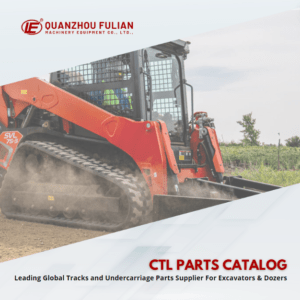The installation of an idler on a Bobcat involves several critical steps, and particular attention must be paid to compatibility issues to ensure proper operation and safety.


- Identification: The first step is to clearly identify the appropriate idler for your specific Bobcat model. Bobcat offers a range of compact equipment and attachments, each of which may have different idler requirements. Check the part number against the manufacturer’s specifications to confirm compatibility.
- Preparation: Before beginning the installation, make sure the Bobcat is parked on level ground and the engine is turned off. Use blocks or chocks to prevent the machine from moving. Gather all necessary tools and safety equipment, such as gloves and eye protection.
- Access: Depending on the model, you may need to remove certain guards or covers to access the idler mounting area. Consult the service manual for specific removal instructions to avoid damage.
- Removal of the Old Idler: If replacing an old idler, loosen the tension on the track by adjusting the grease valve or tensioning device. Then remove the bolts or pins that secure the idler to its mount.
- Installation of the New Idler: Position the new idler in place, making sure it aligns correctly with the mounts. Secure it with the provided hardware, typically bolts or pins, and then retighten to the recommended torque specifications.
- Tension Adjustment: Once the new idler is installed, adjust the track tension according to the manufacturer’s guidelines. This is critical as incorrect tension can lead to premature wear or failure.
- Testing: With the idler installed, conduct a visual inspection to ensure everything appears correct. Start the machine and slowly cycle the undercarriage to make sure the idler is functioning correctly. Listen for any unusual noises that could indicate improper installation or compatibility issues.
Compatibility issues could occur if the idler is not the correct match for the model of the Bobcat. This discrepancy can happen due to variations in size, load capacity, or the specific design of the undercarriage components. Using an incompatible idler can lead to increased wear on the undercarriage, reduce the efficiency of the machine, cause track derailment, or even result in system failure under operational stress.
To mitigate these issues, always use OEM (Original Equipment Manufacturer) or certified aftermarket parts that are designed specifically for your Bobcat model. Additionally, keeping a detailed record of replacements and maintenance can help in detecting patterns that may suggest an underlying compatibility issue, allowing for preventive action before major failures occur.
Fulian Operation Team
2024.4.21








